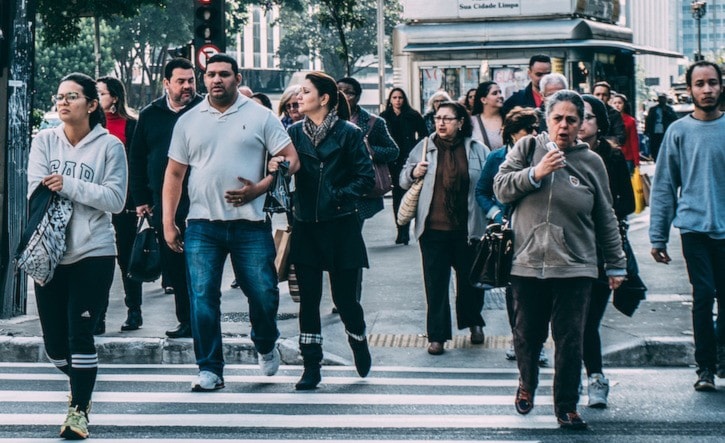The Lower Mainland population has grown by 6.6 per cent to 2.8 million people since 2011, according to Statistics Canada data released on Wednesday.
The Greater Vancouver Regional District added 150,103 people, while the Fraser Valley Regional District saw a growth of 18,341.
"Greater Vancouver counts for just over 50 per cent of the provincial population, but it accounted for just over 60 per cent of the population growth," said Urban Futures executive director Andrew Ramlo. The valley, meanwhile, grew faster than Metro Vancouver.
The biggest jumps were seen in Whistler, Squamish and Langley. Whistler grew by 20.7 per cent to 11,854, Squamish by 13.7 per cent to 19,512 and Langley by 12.6 per cent to 117,285.
"In addition to the Greater Vancouver region growing internally, what we will also see is a broadening of those geographies," said Ramlo.
"I know from the last census period that we did see greater growth rates in the municipalities that ringed the old traditional core of the Lower Mainland region because that's where they were adding the housing."
Vancouver and Surrey remain the most populated cities in the area as of 2016. Vancouver grew by 4.6 per cent to 631,486 people, while Surrey exapnded by 10.6 per cent to 517,887.
By Ramlo's projections, Surrey is set to bypass Vancouver by 2030.
"You get the inner core of the region growing a little bit more slowly and the outer rings growing more rapidly," he said.
Vancouver has the highest population density in all of Canada, with 5,400 people per square kilometre. Vancouver, New Westminster, North Vancouver and White Rock are the densest cities in B.C.
Denser populations in the Lower Mainland's urban core is behind its slower growth.
"The new dwelling units that are being added are being added in the outlying municipalities," said Ramlo. Each extra dwelling unit in the suburbs also adds more people than one in the urban core.
"For every single detached home you may pick up mom, dad and one kid or so, but for a dwelling unit in Downtown Vancouver, physically it's going to be much smaller and you may pick up a single or a couple."
Density in Vancouver is only going to increase, he noted, as even neighbourhoods with detached homes continue to add coach houses and convert to duplexes.
The only city in Lower Mainland to show negative growth was West Vancouver, which shrank by 0.5 per cent.
